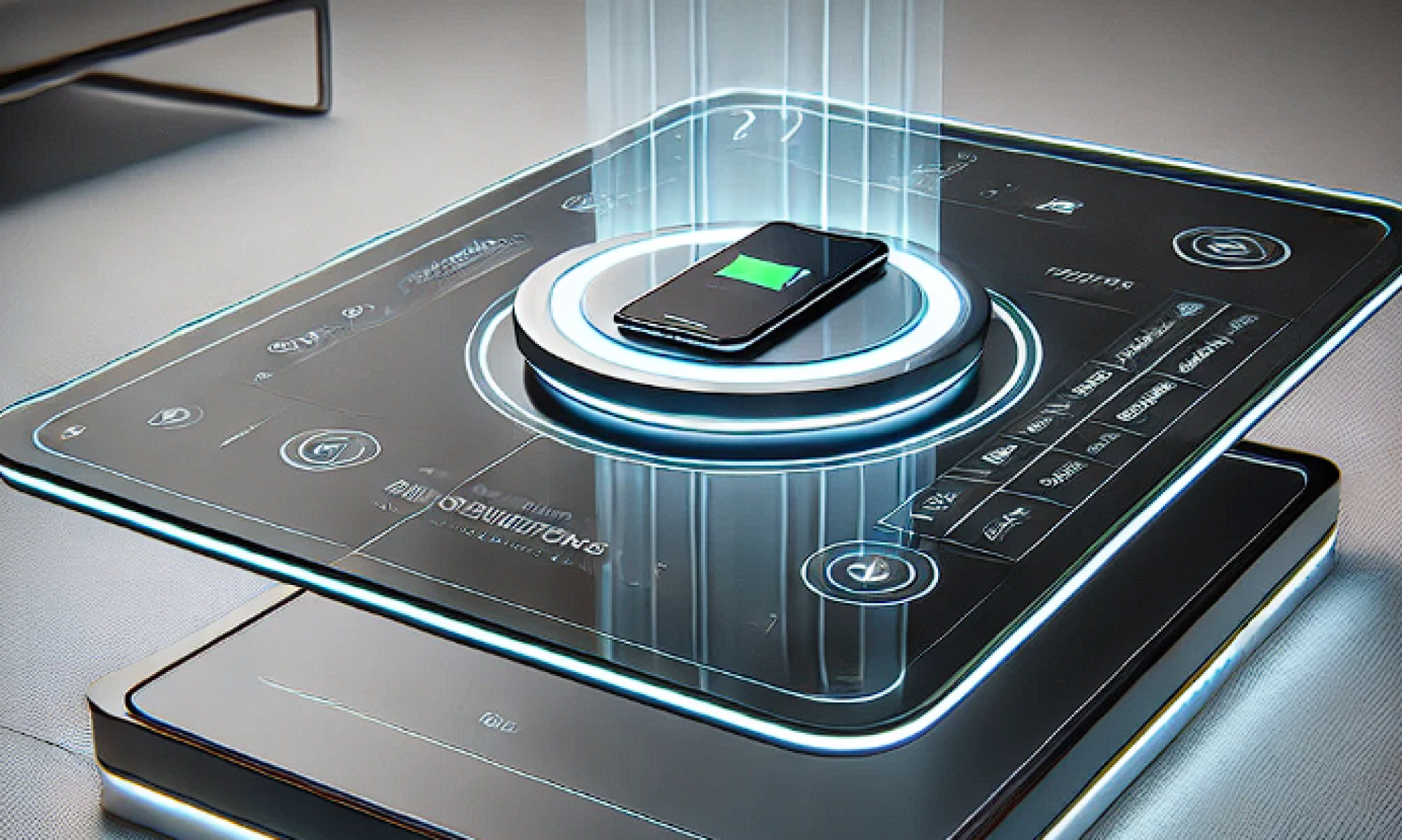Week Review
This week, Team A1 successfully presented our project, AutoChargeX, which introduces a smart charging table designed to streamline the charging process for electronic devices like smartphones. Our presentation outlined the problems with current wired and wireless charging solutions, including the inconvenience of cable management and the precision required for effective device alignment on traditional charging pads. Our solution, a table that automatically detects and aligns with electronic devices for seamless, multi-device charging, was well-received.
- Presentation Highlights
Problem Identification: We highlighted the issues with existing charging methods, such as the need to stay tethered to a power source and the challenges with alignment on wireless pads. - Proposed Solution: Our smart charging table, equipped with sophisticated sensors and a robotic system, automatically detects and positions the charging pad under the device, ensuring optimal alignment and efficient charging for multiple devices.
- Use Cases and Target Audience: The solution is particularly suited for home use, as well as public spaces like libraries and offices. This broad applicability was emphasized to showcase the potential market reach.
Feedback and Suggestions
- Technical Feedback: Professors and teaching assistants suggested improvements in User Case Requirement, and they suggests that we should consider the requirement in terms of the users. Instead of just think of the quantitative metric of the system, we should think what is really important to users. Therefore, we would revise our user case requirement and focus more on the user friendly perspective.
- Design Suggestions: Enhancements in user interface design were proposed to make the system more user-friendly and accessible, particularly through a customized app for charging notifications.
Challenges and User-Centered Design - Technical Challenges: Ensuring high accuracy in device detection and precise robotic alignment were identified as key challenges. Our dual-layer detection system using computer vision and proximity sensors needs to meet these demands reliably.
- User Requirements: We outlined specific user-centered design requirements, such as quick detection and charging initiation, safe operation temperatures, and obstruction detection to ensure safety and convenience. As mentioned in technical feedback, we would focus more on the perspective of users.
Next Steps
For the coming week, our team plans to finalize the design by incorporating the feedback received. We will also detail a component list that supports our design requirements, focusing on:
- Component Selection: Identifying and listing all necessary components, such as sensors, motors, and charging modules, to ensure they meet our design and functional specifications.
- Design Refinement: Addressing the suggestions made by our professors and teaching assistants, particularly in improving communication efficiency and user interaction elements.
Conclusion
Our team remains committed to refining AutoChargeX to meet the high standards set by our educational objectives and the practical needs of potential users. We anticipate further testing and iterative improvements to ensure our solution not only meets but exceeds the expectations laid out in its conceptual framework.
